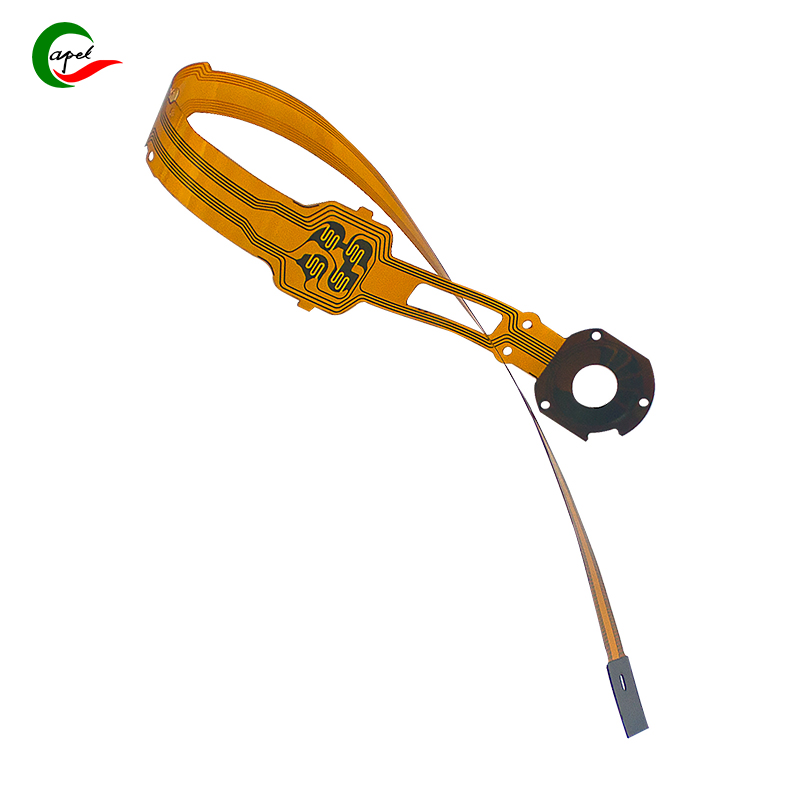Flexible PCBs (FPCs) live tough lives—bending in phone hinges, vibrating in drones, or twisting in medical devices. But how do we know if an FPC will last 6 months or 6 years? That’s where lifespan testing comes in. It’s not just “bending until it breaks”; it’s following rules (industry standards) to measure durability, then tweaking designs to make FPCs last longer.
Whether you’re making wearables or industrial gear, testing and optimizing FPC lifespan saves headaches later. Below’s a simple breakdown of what standards matter, how the tests work, and small fixes that boost an FPC’s longevity.
An FPC’s “lifespan” isn’t just time—it’s how well it handles the specific stress of its job:
-
Flex cycles: How many times it can bend (e.g., a phone hinge opening/closing).
-
Environmental resistance: Whether it survives heat, moisture, or cold (e.g., a car FPC in summer/winter).
-
Mechanical strength: If it resists tearing or cracking from pressure (e.g., a drone FPC vibrating).
Tests focus on these stresses because they’re what actually kill FPCs in real use.
You don’t make up tests—there are global standards to ensure consistency. These are the most common ones:
The “bible” for FPC testing, it sets rules for:
-
Flex cycle testing: Use a machine to bend the FPC back and forth (usually 90° or 180°) at a speed of 10–30 cycles per minute. For consumer gear (phones), it requires 10,000+ cycles; for industrial gear (robots), 100,000+ cycles.
-
Bend radius: Tests how small a curve the FPC can handle (e.g., a 2mm radius vs. 5mm). Sharper bends (smaller radius) shorten lifespan.
Deals with how FPCs hold up to nature:
-
Temperature cycling: Heat the FPC to 85°C, cool to -40°C, repeat 100+ times. Checks if materials (like PI or solder) crack from expansion/shrinking.
-
Moisture resistance: Keep the FPC in 90% humidity at 60°C for 10 days. Stops delamination (layers coming apart) from moisture.
For tough jobs (aerospace, military):

You don’t need a lab to do basic testing. Here’s how simple it is:
-
DIY flex cycle test: Use a clamp to hold one end of the FPC, then bend the other end by hand (or with a small motor) to the same angle every time. Count until the copper traces crack (you’ll see signal loss with a multimeter).
-
Home environmental test: Put the FPC in a sealed bag with a damp sponge (moisture test) or in your oven (low heat, 60°C—never high!) to mimic warmth. Check for bubbling (delamination) after a week.
-
Tear test: Gently pull the FPC’s edges (near the flex-rigid transition) to see if the PI layer tears. If it does, the material or adhesive is weak.
If tests show your FPC is failing early, these fixes work:
-
Use high-performance PI: Swap standard PI (0.05mm thick) for high-grade PI (0.025mm but stronger). It bends more without cracking—adds 50% more flex cycles.
-
Widen the flex section: A 3mm-wide flex strip lasts longer than 1mm—more material to absorb stress.
-
Add stiffeners: Glue a thin FR-4 stiffener near the bend point (not on the bend itself). Reduces strain on the PI.
-
Coat with conformal coating: A thin silicone coat (10μm) blocks moisture and dust. Perfect for outdoor or bathroom devices.
-
Use low-Tg vs. high-Tg materials: For hot environments (cars), use high-Tg PI (handles 150°C+); for cold (freezers), use flexible epoxy adhesives that don’t harden.
-
Reinforce transitions: The flex-rigid join is a weak spot. Extend the PI coverlay 2mm onto the FR-4 layer—stops delamination.
-
Smooth edges: Trim the FPC with rounded edges (not sharp corners). Sharp edges catch and tear easily.
Skipping tests or ignoring optimizations costs more later:
-
A phone FPC that fails at 5,000 flex cycles means angry customers returning devices.
-
A industrial FPC that dies in moisture leads to downtime (and lost money) to replace it.
-
Testing early and optimizing costs pennies compared to fixing problems after launch.
FPC lifespan testing isn’t about being “perfect”—it’s about matching the FPC to its job. Follow standards like IPC-2223 to test the right stresses, then tweak materials or design to fix weak spots.
You don’t need expensive tools to start—even hand-bending an FPC tells you a lot. The best part? Small fixes (like better PI or rounded edges) make a huge difference. For FPCs, longevity isn’t luck—it’s testing smart and optimizing simple things.
related link:
